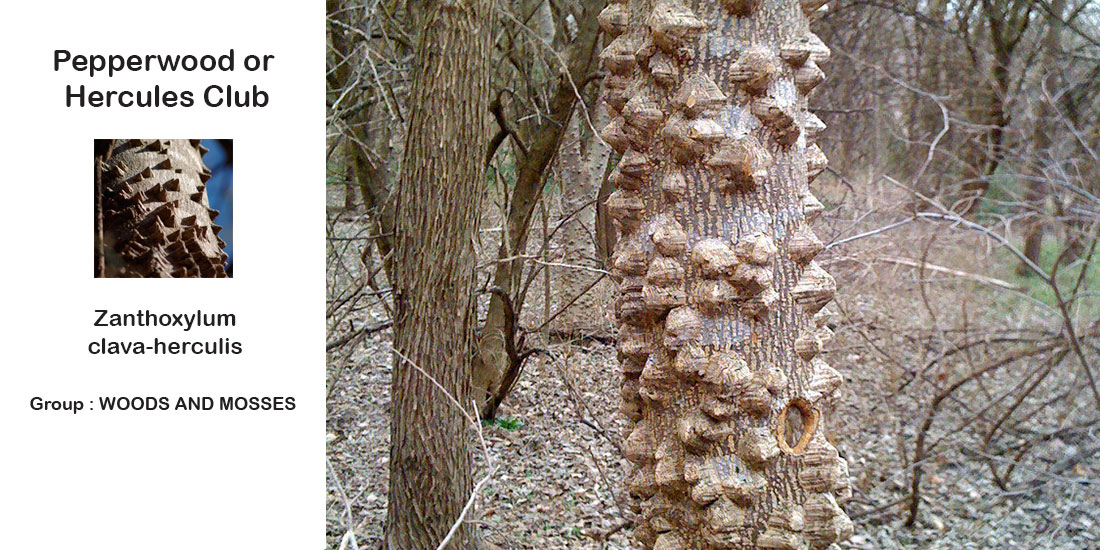
Fragrance Profile: Woody notes are dependable and pliable, a sort of a Jack in the deck of a skilled perfumer, providing the bottom of a composition and reinforcing the other elements according to their olfactory profile. Precious few of the woody notes can serve as a top note or middle note, namely rosewood. The scent profile of woods ranges wildly across the different trees. Some of them can be tarry and phenolic smelling, like guiacwood. Others are austere and reminiscent of a case of new pencils; think cedarwo d. Others still are creamy, milky, nuzzling and deeply soft, like sandalwood. And there are those woody notes which are so individual that they can characterise the whole composition: Agarwood/Oud, rather the by product of the Aquillaria tree's fighting of a fungus disease, is so rich and complex that it encompasses nutty, woody, musty, even camphoraceous scents. Or think how pine or fir reminds us of specific seasons, thanks to their associations. Thought some woody notes are produced via natural means, such as maceration and distillation of the actual wood chips, several other notes, as well as some of the ones that could be produced via the natural product, are produced via lab synthesis. The reasons include sustainability, cost efficiency and safety. Vetiver and patchouli are interesting exceptions in the group of woody notes, in that vetiver is actually a grass with an intricate root system and patchouli is the leaf of an Eastern bush, but their scent profile is woody, hence the classification. Woody notes are par excellence the domain of masculine fragrances, thanks mostly to the robust association the trees bring to mind and less due to their scent, but their pliability makes them an essential component in feminine and shared fragrances are well. Indeed there are very few fragrances not boasting at least one woody note in their make-up. Mosses comprise a sub-group, as they consist of parasitical lichen organisms growing on trees, such as oakmoss (Evernia prunastri) and tree moss (Evernia furfuracea). The scent profile of mosses is irreplaceable, though major efforts are made in the fragrance industry to produce scent-identical molecules now that these raw materials have fallen under rationing from the International Fragrance Association (IFRA). Mosses are inky-bitter in scent, with a deep, disturbing murkiness, darkly green, replicating the forest floor during autumn. For this reason they're notoriously used as the backbone of the chypre and fougere fragrance families; indeed, oakmoss is one foot of the triad of the accords which comprise the skeleton of these two categories. Their properties are grounding, pensive, introspective and darkly sensual, giving retro fragrances a distinctive quality.
Join with us. Subscribe to our mailing list
Be the first to know about our latest news , trends and offers straight your inbox.
We Will Never ever share your contact details with anyone




